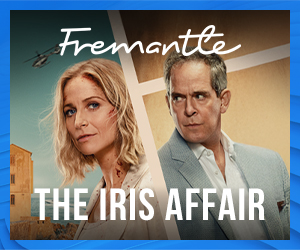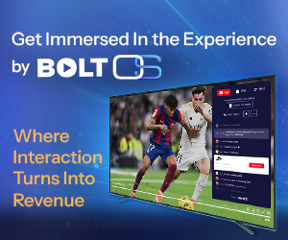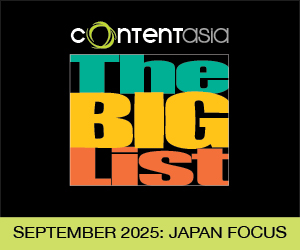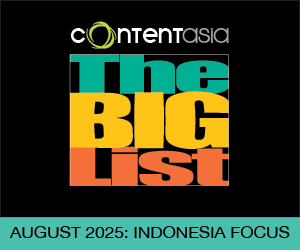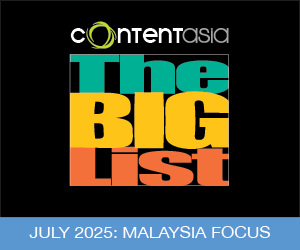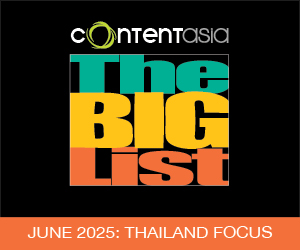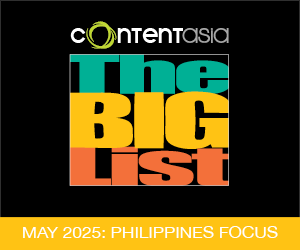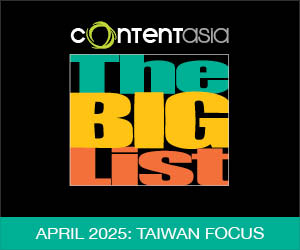
At first glance, "The Safe Zone" could look like every writer, director and producer’s – and maybe even actor’s – worst nightmare. The six-and-a-half-minute short film, which taps dark fears about artificial intelligence and technology run amok, was created, written and directed by AI. Kind of.
Eight months, 102,000 views and 181 comments later, Philippines/Hong Kong-based producer, Richard Juan, talks about significant human intervention between asking ChatGPT for ideas and concepts and uploading the finished video.
To begin with, Juan asked AI for everything, including camera angles and lenses, a script and wardrobe/make-up suggestions, fully intending to follow the AI lead. Turns out that he had to adjust a lot more of the AI output than he anticipated.
“We’re still in the early days of AI,” he acknowledges. “Our biggest struggle was when we were shooting... AI is not able to evaluate acting, to correct as we go,” he says, describing the end product more “as a human, AI and technology collaboration”.
The story Juan picked off the list that ChatGPT generated in the proverbial blink of an eye is about three friends about to die with the rest of humankind as AI takes over the world. Their only chance is a “safe zone” beyond the reach of AI. But there’s only space in the zone for one of them...
The film, produced by 28 Squared Studios in association with Moon Ventures, took seven days from start to finish, including some back and forth re-generating and choosing between a “positive” or “negative” ending.
The shoot was on a real-life set, with lots of participation from friends and colleagues. AI didn’t sound any alarms about the audio, so the team eventually had to spend a few hours in a studio redoing it.
Juan highlights the best take-aways. “As a producer, a much faster time frame is appealing,” he says, chalking the rest down to a great experience.
In Singapore, post house EditLounge came to a similar conclusion after deploying multiple widely available AI services.
EditLounge’s mission was to see if a marketing department could bypass production costs to make their own 60-second cor...
At first glance, "The Safe Zone" could look like every writer, director and producer’s – and maybe even actor’s – worst nightmare. The six-and-a-half-minute short film, which taps dark fears about artificial intelligence and technology run amok, was created, written and directed by AI. Kind of.
Eight months, 102,000 views and 181 comments later, Philippines/Hong Kong-based producer, Richard Juan, talks about significant human intervention between asking ChatGPT for ideas and concepts and uploading the finished video.
To begin with, Juan asked AI for everything, including camera angles and lenses, a script and wardrobe/make-up suggestions, fully intending to follow the AI lead. Turns out that he had to adjust a lot more of the AI output than he anticipated.
“We’re still in the early days of AI,” he acknowledges. “Our biggest struggle was when we were shooting... AI is not able to evaluate acting, to correct as we go,” he says, describing the end product more “as a human, AI and technology collaboration”.
The story Juan picked off the list that ChatGPT generated in the proverbial blink of an eye is about three friends about to die with the rest of humankind as AI takes over the world. Their only chance is a “safe zone” beyond the reach of AI. But there’s only space in the zone for one of them...
The film, produced by 28 Squared Studios in association with Moon Ventures, took seven days from start to finish, including some back and forth re-generating and choosing between a “positive” or “negative” ending.
The shoot was on a real-life set, with lots of participation from friends and colleagues. AI didn’t sound any alarms about the audio, so the team eventually had to spend a few hours in a studio redoing it.
Juan highlights the best take-aways. “As a producer, a much faster time frame is appealing,” he says, chalking the rest down to a great experience.
In Singapore, post house EditLounge came to a similar conclusion after deploying multiple widely available AI services.
EditLounge’s mission was to see if a marketing department could bypass production costs to make their own 60-second corporate video using only AI for everything from voice over and music to logo and motion graphics, without filming or hiring creative talent. Only editing was done manually.
“And the verdict is… no, not really,” says Daryl Burney, Editlounge’s founder and executive post producer. But the exercise was a valuable one. “We found some great tools that can aid the content creation process,” Burney says.
These include ChatGPT, which Burney describes as “our go to for the script”. The avatar came from Synthesia, Biteable worked for the explainer graphics, Aiva was the choice for music, MidJourney for stills, Genmo and Leiapix for manipulating those stills and Gen2 and Kaiber for video content. “Just don’t ask it to do people…yet,” Burney warns.
The big question: Are creatives out of a job? “Also, no, we just have a ton of great new tools at our disposal,” Burney says, pointing out the pace of tech development in the space. “As you read this my opinions are probably already out of date,” he says.
“Technology is always going to be there, and it’s going to keep improving. It’s up to us whether or not we want to adjust to it,” Juan says, adding: “People are always going to be reluctant to change, but it’s up to us to know how to use technology and use AI to adjust to it and work together and create things better and faster.”
What was his biggest learning? “What I learned is you cannot just dump everything” into an AI platform and expect it to complete the entire task flawlessly. “You can’t for instance, ask for the whole 90-minute script based on a synopsis. You have to go paragraph by paragraph, maybe even sometimes sentence by sentence to get the best results”. At least for now.
Published in ContentAsia's 25 September - 1 October 2023 eNewsletter













